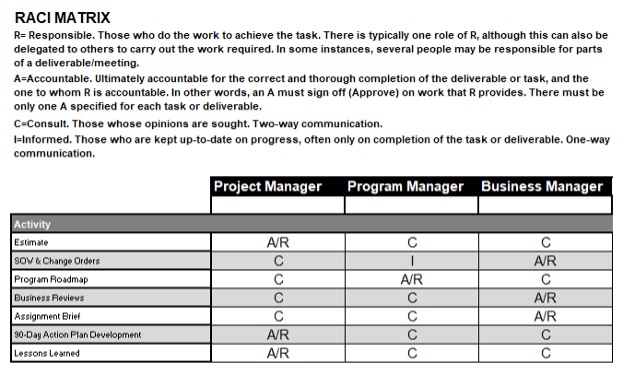We get this a lot: What‘s the difference between project vs. program management? As a continuation to an earlier blog, we’ll explore how these two power roles work together.
The Key to Turbulence-Free Projects
If you have project managers within your company, program management integration is likely an opportunity worth exploring. Think of program management as traffic control. You have your pilots, the project managers, focused on operating the plane along their route. In other words, they are the ones responsible for moving the project forward.
At the same time, the program manager is monitoring the movement of all planes to ensure overall safety, and optimizing the path of each aircraft. In non-plane speak, the program manager monitors the progress of all related projects, weighing interdependencies and risks, and making changes throughout the program for the best outcome.
According to PMI’s 2015 Pulse of the Profession report an organization’s projects are far more successful when they use Program Management Integration than when they don’t — 76% compared to 54%.
Recap of Program vs. Project Management
Let’s recap the difference between project and program management.
A project creates a specific output. In contrast, a program comprises a collection of related projects aimed at delivering benefits to your organization. With program management, the focus shifts from delivery on the scope to delivering value. With a project manager focused on the deliverables, the program manager can play the critical role of monitoring overall progress of the program.
A program manager understands how each project should drive performance, manage complex risk and issues at the program level, push the completion of projects, and close projects that no longer align with the organizational objectives. A program manager’s experience across project types can bridge the gap across projects that multiple project managers may manage.
How the Two Roles Collaborate
At the program’s start, the program manager develops a roadmap that connects the business strategy to the program work in chronological order, while also outlining the expected benefits and their delivery.
Then, the program and project manager work together to define the strategies for the program, which will inform what projects will be executed. Backed by their broad range of channel and project experience, the program manager provides strategic direction - while the project manager looks for specific initiatives.
As the project manager hits milestones for a project, the program manager continues to monitor the benefits realized, as they’re largely responsible for the program’s performance.
A RACI (Responsible, Accountable, Consult, and Informed) matrix can help you keep track of the responsibilities between roles. Here’s a sample RACI template for download.

Popularity of Both Roles
Program management is still a relatively small sector. There are only 444 Program Management Professionals (PgMPs) worldwide, compared to the roughly 1 million Project Management Professionals (PMPs). We’re certainly looking forward to seeing this discipline gain more traction.
Thinking about how program and project managers can help you achieve your business goals? Contact us today!
